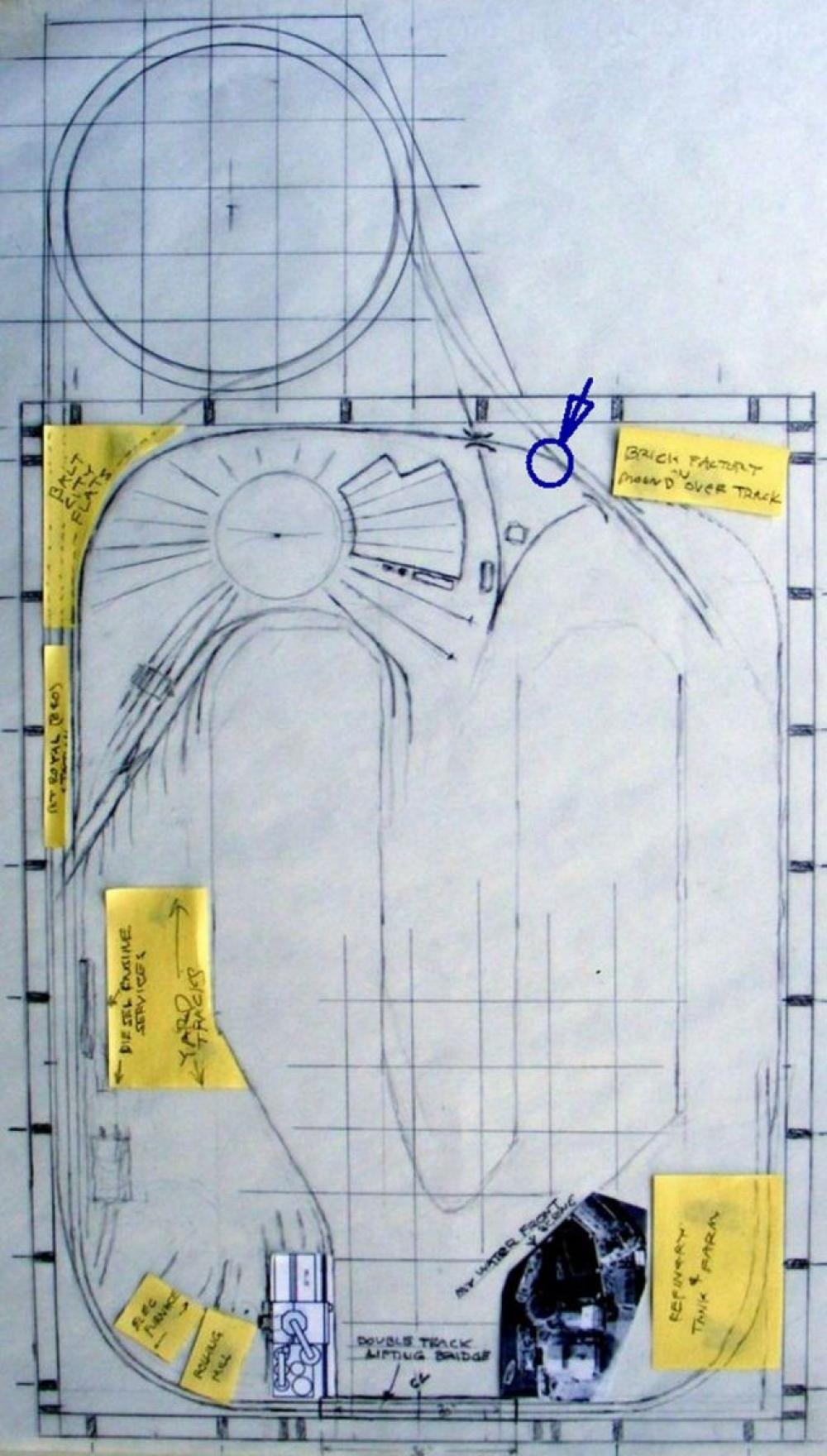I think I know the answer to this question, but I just want to confirm my thoughts
I'm putting a long 'Y' turnout at this point on one of the two mainlines that are entering my external helix structure. The 'Y' turnout is allowing the train to 'recirculate' around the bottom of the room, rather than going up the helix. The trains might be entering this 'Y' either from the points end OR the frog end at particular times.


Since the bottom loop of track is not a reversing one, there should be no need for a reverser? And since the helix track it connects too is the same polarity, again no need for a reverser??
The Y turnout will be a Peco that will be solenoid operated since it is a little difficult to reach, and will be utilized quite often. I have both an electrofrog one and an insulafrog one. In either case I'm thinking I will install it with track insulators on those frog exiting rails,...thus no frog shorting. And the turnout (both types) become 'power routing' turnouts in this type of installation?
Okay with these assumptions?
I'm putting a long 'Y' turnout at this point on one of the two mainlines that are entering my external helix structure. The 'Y' turnout is allowing the train to 'recirculate' around the bottom of the room, rather than going up the helix. The trains might be entering this 'Y' either from the points end OR the frog end at particular times.


Since the bottom loop of track is not a reversing one, there should be no need for a reverser? And since the helix track it connects too is the same polarity, again no need for a reverser??
The Y turnout will be a Peco that will be solenoid operated since it is a little difficult to reach, and will be utilized quite often. I have both an electrofrog one and an insulafrog one. In either case I'm thinking I will install it with track insulators on those frog exiting rails,...thus no frog shorting. And the turnout (both types) become 'power routing' turnouts in this type of installation?
Okay with these assumptions?

